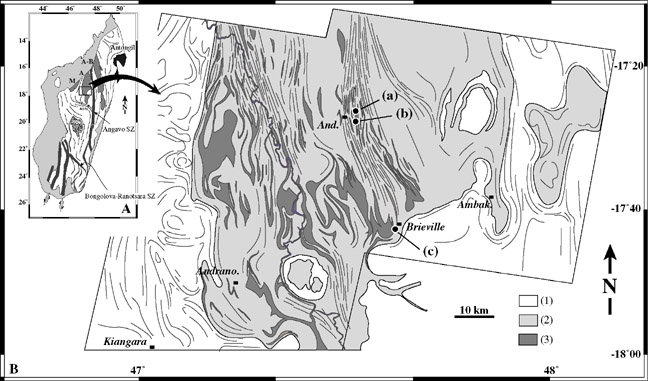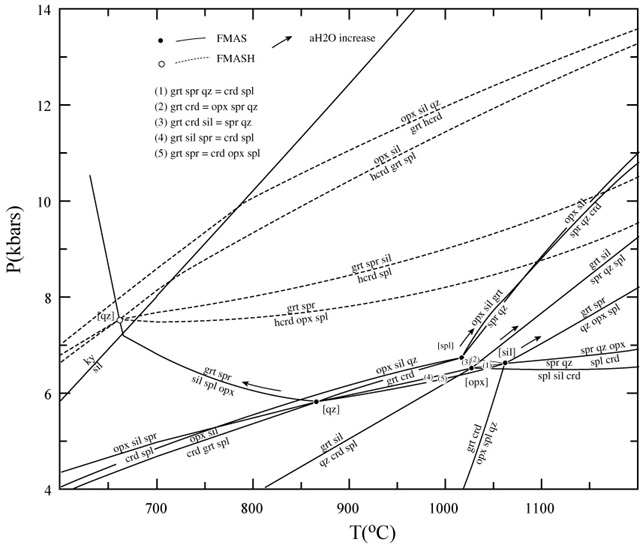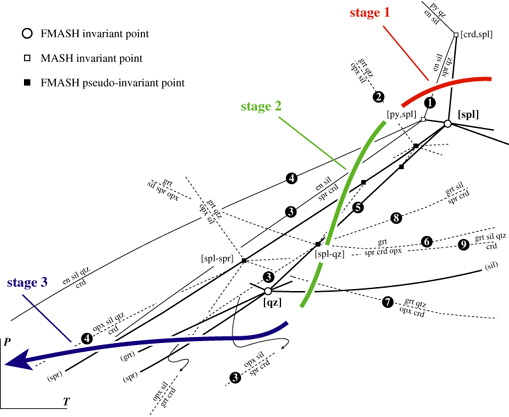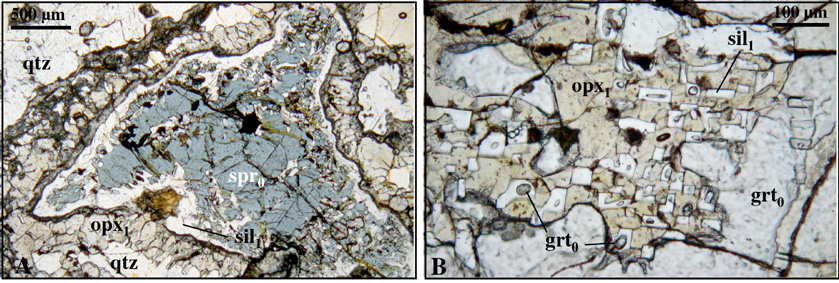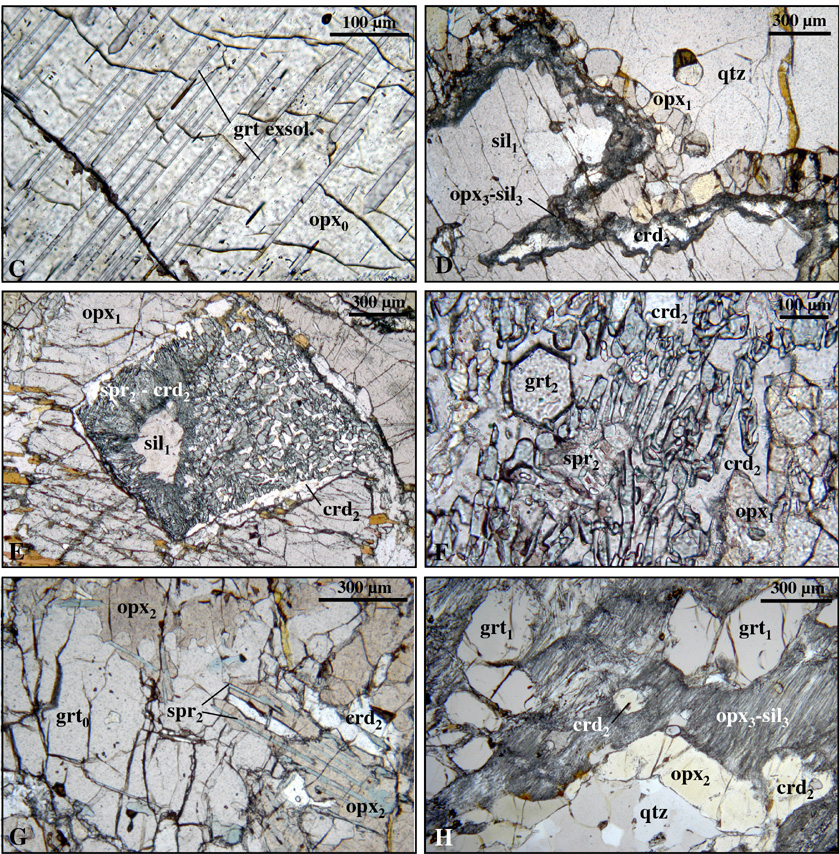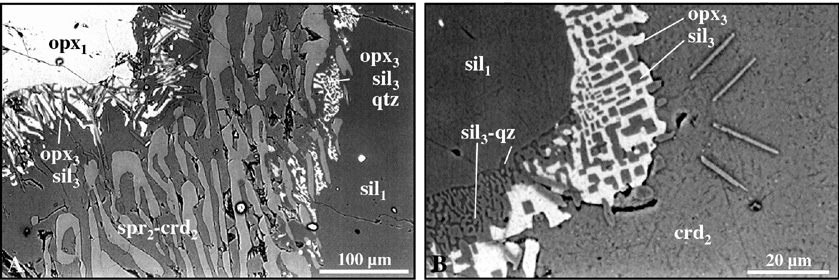UHT granulites have been reported in the central part of the Andriamena unit (grey unit) (North-Central Madgascar) near the village of Andriamena and Brieville (Nicollet, 1990) (location a, b and c).
They occur as concordant lenses within a composite gneissic foliation composed of tonalitic and granodioritic gneisses with pelitic migmatites and mafic gneisses.
click in the figure to see photos of the area
